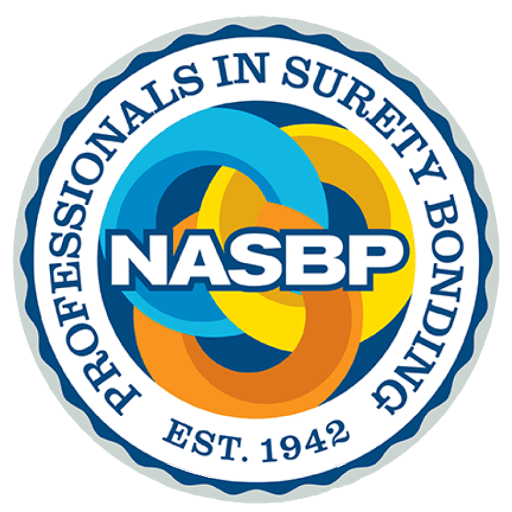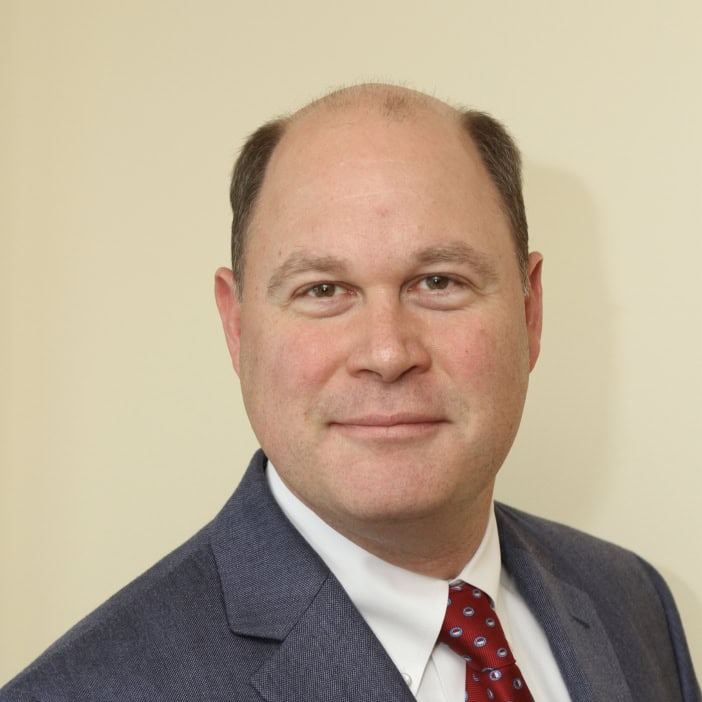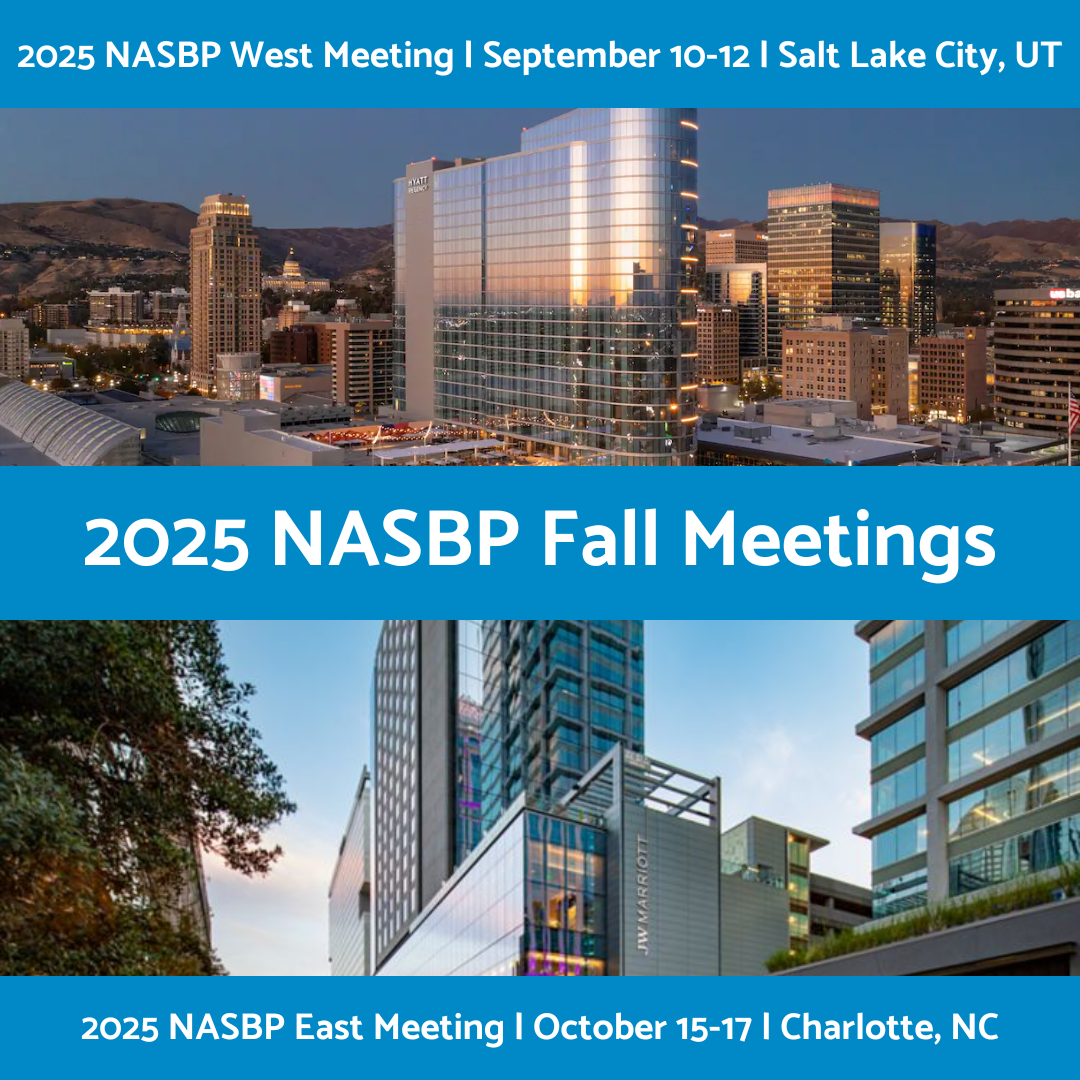November 2004
Plan B Extended Through November 20th – SBA Reauthorization Awaits Action On September 30, 2004, President Bush signed H.J.Res.107, a continuing resolution that funds the federal government until November 20, 2004, and also provides a temporary extension for the SBA Plan B Program. Congress returns on November 16 for a “lame-duck” session and must pass another continuing resolution to fund the government through next year or come to agreement on the appropriations bills and legislation to reauthorize the SBA. Prior to recessing for the elections, S 2821 and HR 5108 were introduced. The bills are identical and would reauthorize the SBA and its programs (including the Plan B Surety Bond Guarantee Program) through September 30, 2006. The language to waive Miller Act bonds for certain 8(a) contractors, which was contained in a previous House version (HR 2802), was removed. It is still unclear if S 2821 and HR 5108 will be addressed when Congress returns on November 16th. Instead, Congress may choose to temporarily extend SBA’s authorization through the beginning of next year and allow the new Congress to deal with the reauthorization. Questions related to the SBA Reauthorization should be directed to Connie Lynch, Director, Government Relations, at clynch@nasbp.org, or Colin Chiles, Government Relations Coordinator, at cchiles@nasbp.org.
<palign=”left”>TEA-21 Extended Through May 2005On September 30, 2004, President Bush signed legislation (HR 5183) that temporarily extends the federal surface transportation program for eight months through May 31, 2005. Passage of HR 5183 ensured that $2 billion in FY’04 highway funds will be released and can be spent during FY’05. Congress also included a provision that redirects the 2.5 cents per gallon ethanol motor fuels excise tax that was deposited in the federal General Fund to the Highway Trust Fund for FY’04. The change results in an additional $940 million in the Highway Trust Fund. In separate legislation (HR 4520) Congress made the 2.5 cents per gallon ethanol excise tax transfer permanent and eliminated the current 5.2 cents per gallon excise differential between ethanol motor fuels and gasoline. Those combined actions will result in an estimated $3 billion per year increase in the Highway Trust Fund through FY’09. Final highway and transit funding levels for FY’05 will be determined in the annual appropriations process, but passage of the extension authorizes spending of the appropriated levels through May 31, 2005. The House has recommended FY’05 appropriations levels of $34.6 billion for the highway program and $7.25 billion for the transit programs, while the Senate has recommended $34.9 billion for highways and $7.75 billion for transit. Congress is not expected to address a permanent extension of TEA-21 until the new session next year.
Promote Surety to Public Owners with New SIO CD
Pipeline is produced monthly by the National Association of Surety Bond Producers, 1828 L Street, NW, Suite 720, Washington, DC 20036-5104, 202/686-3700, Fax: 202/686-3656, www.nasbp.org, Internet e-mail address: info@nasbp.org Disclaimer: This information is provided for educational and informational purposes only and is not intended to serve as legal advice. Readers are cautioned to consult their legal counsel on any specific matters.
|
December 2004
| Surety Credit to Construction Contractors: The Surety Bond Producer’s Perspective
As a surety bond producer, you understand the construction credit market. How likely do you think contractors will be to obtain the amount of surety credit they require in today’s economic environment? How will the construction credit market change over the next few years? What are the critical elements for obtaining surety credit? Grant Thornton surveys the opinions of surety bond producers periodically, most recently in 1996. The world of construction credit has changed since then…or has it? The National Association of Surety Bond Producers has joined with Grant Thornton to conduct the 2005 survey. Your answers will provide valuable insight on the construction credit market – where it is today and what can be expected tomorrow. The success of this survey depends on your involvement and support. We know your time is valuable and we sincerely appreciate your willingness to share your opinions with us. The survey tool requires that you provide an answer to each of the 20 questions. If you are unable to respond or prefer not to respond to one or more of the questions, please select “N/A.” Grant Thornton will publish the survey findings in early 2005. If you would like a copy, please include your contact information, email and/or mailing address, at the end of the survey. Please be assured that your individual responses will remain confidential. The survey site is secure and your email addresses will not be used for any other purpose. Do not hesitate to contact Grant Thornton with any questions; call (877) 835-1723 or email Linda.Garvelink@gt.com. We thank you in advance for your participation. Russell Agosta Dick Foss Please respond by December 31, 2004. IMPORTANT – PLEASE READ: To start the online survey (NASBP Members Only),
|
|||||||||||||
| President’s Message
Now More Than Ever – Ethics Matter Insurance compensation practices have come under scrutiny after New York Attorney General Eliot Spitzer in October charged that brokers cheated insurance purchasers by rigging bids and collecting large fees from major insurers for sending business their way. As a result of these allegations, Congress is considering amending the anti-trust provision in the McCarran – Ferguson Act of 1945 and might reverse a 1980 prohibition it placed on the Federal Trade Commission to study the insurance industry. The National Association of Insurance Commissioners (NAIC) has formed a task force on broker activities that is gathering facts and coordinating the development of public policy in the wake of these recent developments. The Independent Insurance Agents and Brokers of America (“Big I”) has testified before a Senate subcommittee in support of broker disclosure of incentive compensation arrangements, the continued use of legal, long standing sales incentives, and the need to preserve, but reform and modernize, the state-based insurance regulation system. The National Association of Professional Insurance Agents (PIA) has issued a public policy guide on broker disclosures and compensation. A sense of urgency has developed to create a public policy response to these allegations and while I cannot predict the outcome of these continued investigations, we should all condemn bid rigging, market manipulation, and other anti-competitive conduct in our industry. There is nothing more important to NASBP’s members than maintaining the trust of our clients and conducting our business operations with the utmost integrity. Soon you will be receiving your membership renewal statements from NASBP that will include a copy of NASBP’s Code of Professional Standards. The Preamble to our Code of Professional Standards reads as follows: The reliance of the public and the business community on sound practices in the surety industry imposes on professional surety bond producers an obligation to maintain high standards of technical competence, ethics and integrity. To this end, surety bond producers shall at all times strive continuously to: <p=”margin-left:> 1. Improve their professional skills.<p=”margin-left:> 2. Uphold the dignity and honor of the surety profession.<p=”margin-left:> 3. Maintain high standards of personal conduct.<p=”margin-left:> 4. Hold the affairs of their clients in strictest confidence.NASBP requires that each member of your bond department read, sign and agree to comply with the provisions of our Code. Don’t just give away your autograph, think what it means to be a member of this professional association. Craig E. Hansen is Senior Vice President responsible for the bond department of Holmes Murphy & Associates, Inc., in West Des Moines, IA. He can be reached at chansen@holmesmurphy.com
CCFP: CFMA’s New Credential At the 2004 Marco Island Annual Meeting, NASBP’s Board of Directors voted unanimously to endorse the Certified Construction Financial Professional (CCFP) designation that the Construction Financial Management Association (CFMA) recently created. The credentialing program leading to the designation was developed under the auspices of the Board of Trustees of the Institute of Certified Construction Financial Professionals (ICCFP), and the first examination was offered in conjunction with CFMA’s annual conference in May. Discussions between NASBP and the executive officers of CFMA have focused on NASBP’s involvement in increasing the awareness of the CCFP designation among its members, affiliates, and construction clients. These discussions have been part of the Construction Industry Committee’s liaison efforts with such professional and trade associations as the AGC, ABC, ASA and CFMA. The Construction Industry Committee believes that interaction with these groups can lead to increased business opportunities and professional development for NASBP members. The CCFP designation represents just such an opportunity. For example, David Gonzalez, a financial analyst for Safeco Surety, whose responsibilities focus on evaluating the quality of financial reports submitted on Safeco accounts, recently took the examination and earned the CCFP designation. From his perspective, he believes that construction accounting is still a unique area that is not widely understood within the construction industry and accounting profession. David thinks that the credentialing program will increase the credibility of financial reports prepared by the financial officers of construction companies and their outside accountants who have earned the CCFP designation. David also sees a real advantage for surety underwriters and agents to go through the credentialing process. He found the exam to be difficult but worthwhile in that it increases a surety professional’s knowledge and demonstrates a commitment to better serve his or her construction clients. Construction-oriented CPAs are also actively supporting the CCFP designation. Tony Stagliano of Mayer Hoffman McCann of Plymouth Meeting, PA, serves on the ICCFP’s governing body, its Board of Trustees. Tony reports that the CCFP process is intended to “raise the bar” for all participants who prepare, audit, and use contractors’ financial statements and agrees with David Gonzalez that financial statements presented by a Certified Construction Financial Professional will be viewed as having a high degree of credibility. Construction accountants will naturally be drawn to the certification, but Tony also saw tremendous opportunities for professional development by NASBP members. NASBP encourages its members and affiliates to visit the ICCFP Web site and consider taking the exam in the future. If sufficient interest exists, CFMA executives are willing to offer the exam in conjunction with NASBP meetings. NASBP members and affiliates also are encouraged to assist the CFMA by promoting the certification process to their construction clients who have in-house accountants or financial managers. Information about the credentialing process is available on the ICCFP’s website at www.iccfp.org. Please contact Dick Foss for any additional information. Howard Cowan of member agency Howard Cowan Bond Agency, Inc., in Lubbock, TX authored this article.
NASBP and SAA Release the Results of Their Technology Readiness Surveys NASBP and SAA surveyed their perspective members to gauge and assess the current state of deployment and implementation of electronic communications in surety operations. The reduction of paperwork and streamlined and more efficient operations were key considerations of their efforts. Improving internal and external communications between and among agents, sureties, bond principals and obligees is their ultimate goal. Go to http://www.nasbp.org/Pipeline_12_04/nasbp_saa_survey.html
General Counsel’s Corner Calling Shenanigans: Most states either have a statute or judge-made law that permits a low bidder to withdraw its bid, without risk of a bid bond claim, in the event that the bidder makes a clerical or an arithmetic mistake in calculating its proposal. In some states, a statute fixes the time period during which the bidder must notify the owner of the fact it made an error and requires the bidder to detail the reasons for the withdrawal of the bid. Failure to do so results in the bid remaining valid. A recent case, however, illustrates that a bid bond obligee has to “play fair” when it comes to notice of mistakes and cannot simply lay in the weeds and wait for a contractor to fail to comply with the law in hopes of calling on the bond. In Emma Corporation v. Inglewood Unified School District, 114 Cal. App. 4th 1018 (Cal. App. 2004), the contractor submitted a bid for the construction of a new school but made a significant error in adding up its bid amount. As a result, the contractor submitted a bid that was $800,000 lower than it intended. In California, contractors are required to give notice of a bid mistake within 5 days of the date of bid opening for the bidder to have any chance of withdrawing the bid without penalty. The contractor met this requirement by giving notice that a mistake was made within 2 days. The statute, however, also requires that the contractor describe “in detail” how the mistake occurred. The contractor failed to provide this description. In response to the contractor’s notice, the School District, as part of a deliberate strategy, did nothing and waited for the 5-day period to run. In fact, the School District sent a reply stating that it would contact the contractor if it needed any further information. The District, of course, knew that the contractor was required to give more information under the statute but chose not to tell the contractor. After the 5 days lapsed, the School District demanded that the contractor honor its bid. When the contractor refused, the School District made a claim on the bid bond. In the ensuing lawsuit, the court found in the contractor’s favor and criticized the School District’s conduct, stating, “taxpayers do not have an interest in lowering the costs of public projects by unfairly treating mistaken bidders out of a portion of the project’s true costs.” While the result in the Emma decision was a good one for the contractor and its surety, much expense and effort could have been avoided had the contractor simply known and complied with the law to begin with. Also, the case could have gone the other way. In some states, appellate courts are far less sympathetic to parties that simply don’t adhere to clear statutory requirements like the bid withdrawal language at issue in Emma. As one of the first to know about bid mistake problems, bond producers have a great opportunity to help direct contractors toward getting the information they need in these circumstances and to help them avoid significant expense and risk. NASBP’s General Counsel is Susan McGreevy of Husch & Eppenberger LC, Kansas City, MO. NASBP Continues to Receive Inquiries About Producer Licensure. If you need answers, please refer to the July/August issue of Pipeline at http://www.nasbp.org/pipeline_08_04/state_licensure.html
Happy Holidays from the Staff of NASBP
Pipeline is produced monthly by the National Association of Surety Bond Producers, 1828 L Street, NW, Suite 720, Washington, DC 20036-5104, 202/686-3700, Fax: 202/686-3656, www.nasbp.org, Internet e-mail address: info@nasbp.org Disclaimer: This information is provided for educational and informational purposes only and is not intended to serve as legal advice. Readers are cautioned to consult their legal counsel on any specific matters. |
|||||||||||||
Get Important Surety Industry News & Info
Keep up with the latest industry news and NASBP programs, events, and activities by subscribing to NASBP Smartbrief.




